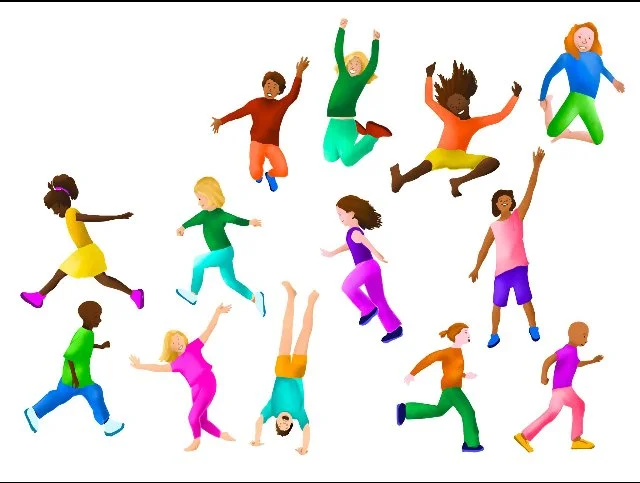Movement Practices and Wellness
What is the INSKN method of movement practice?
Born of more than thirty years’ experience in teaching movement practices. Emma has designed the INSKN method of working that marries together the two worlds of her professional and lived experience in dance and Pilates.
The INSKN method gives posture a frame of reference through sensory feedback, expanding the body’s mechanical framework for activity within and without. The INSKN training aid is designed to give a sense of touch and support to the body.
With a strong emphasis on dynamic posture, she teaches her clients to attend to their feelings and their bodies. “One informs the other, never silent, always in conversation”.
Meet T-WU et al. How can they help my child understand posture?
Mother nature does a fabulous job of creating beautiful bodies through baby and child development stages.
All the right curves for all the right functions develop. Space for our spinal nerve function, ability to stand against gravity, weight bearing and efficient use of our amazing bio mechanical system.
We learn about our environment and we adapt. We feel, we think. However, in current times, our adaptations are distortions of what nature intended – bad posture!!
Within the pages of this brightly coloured picture book your young child will see how our main character learns how different areas of the body align to create good posture. Engaging with the actions in the book, children can begin to understand the shape and space everybody’s body takes up.
Learning dynamic posture and taking up their own space builds self-esteem, confidence and a strong, healthy, happy, physical self.
Stand up against gravity for a happy healthy old age.
We do not maintain well what mother nature started, ignoring the importance of our basic primary element - The Body - a complex sensory organism, perpetually giving us information that we need to thrive (often so quickly it is beyond consciousness).
As we age it becomes more important to move, to sense our senses internally and externally so that we maintain good proprioceptive and vestibular sensory systems, i.e., we know where we are in space and we don’t fall down.
Attending to posture dynamically and the attitudes embedded therein helps us understand how and why we move like we do as well as our feelings. Daily tuning in to your body results in better preparedness and your mind will thank you.

